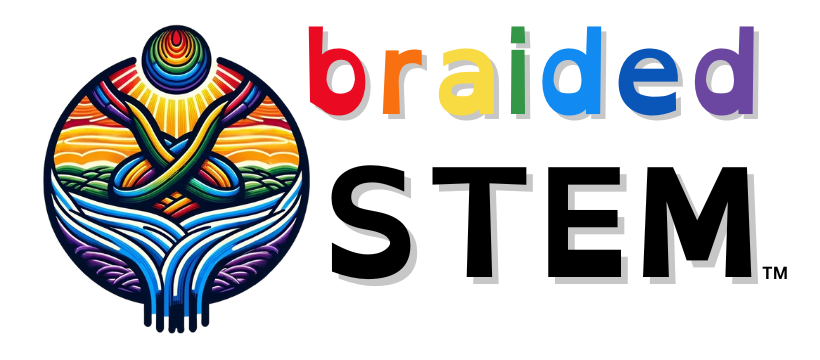Middle School
PQRST Sciencing Journal V4 (recently UPDATED)
The PQRST Sciencing Journal is the A-Z (or at least P-T) template for helping your students process a phenomenon, play to learn, identify variables, design an experiment, conduct experiment to collect data, make a claim supported by evidence with scientific reasoning to explain it, and then keep thinking in questions. There are three versions of…
Read MoreMatchbox Car PQRST
This powerful lesson will not only teach students how to identify variables, design a scientific experiment, collect data, make a CER (claim, evidence, and reasoning) based on their experiment, and continue thinking in questions, it will also teach them girls can do anything! Using the inspiring story of…
Read MoreREAL Primary Colors PQRST
How does your eye see a red apple? Explore this question using a phenomenon driven storyline to engage students in exploring how the eye works and how we create color using light and using pigments. And, for physics sake, please let the experiment with the REAL primary colors,…
Read MoreFinding Habitable Planets – Activity 4
In this activity, students will learn that stars have different properties, such as temperature, size, and lifespan. They will also learn that stellar properties determine the conditions for planets around them, hence affect which planets might be habitable.
Read MoreDetecting Exoplanets – Activity 3
In this activity, students will first familiarize with the ZOONIVERSE project named “Planet Hunters TESS” and learn how to spot a transiting planet in a star lightcurve. Next, they will inspect a specific lightcurve and derive from it two main planet properties.
Read MoreScaled Trappist-1 Planetary System – Activity 2
In this activity, students will compare the architecture of our Solar System with that of the recently discovered TRAPPIST-1 planetary system. This system surrounds a star that is less than a tenth of the Sun’s mass. As this type of stars are the most common ones in the Galaxy, TRAPPIST-1-like planetary systems could be the…
Read MoreScaled Solar System – Activity 1
In this activity, students will explore the vastness of the distances between planets in our Solar System and learn about the planets’ relative sizes by creating a classroom scale model of the Solar System.
Read MoreHabitable Zone – Lecture 4
An introduction to the habitable zone and the factors that impact it.
Read MoreHow to Detect Exoplanets – Lecture 3
An introduction to the various techniques used to detect exoplanets.
Read MoreExoplanets: Strange New Worlds – Lecture 2
An introduction to exoplanets.
Read More